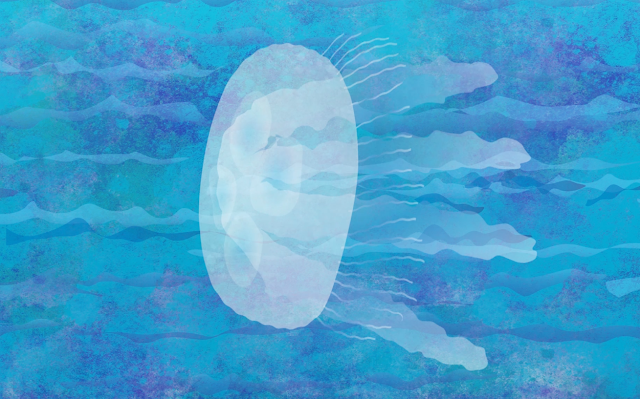 |
| Leonardo da Vinci A page showing Leonardo's study of a foetus in the womb (c. 1510) Royal Library, Windsor Castle |

Anna Lindemann, Assistant Professor of Digital Media and Design at the University of Connecticut wrote an article Animating Science: Digital Arts in STEAM Education.
In explaining her philosophy in creating the course she wanted three areas of exploration. The focus was on Communicating Science, Science Poetic and Animating a Natural History Collection.
Communicating Science is pretty self-explanatory, delightful example below by Henry Stein.
Science Poetic is a bit more nuanced but at the heart of what drives me in my mission to mix art and science in the media I create for kids. This is using scientific data/research with imagination and fantasy...to see what happens. This is what I am doing with my animated life cycles. They are based on science fact, but my interpretation of the organism and its environment.
 |
| Anim8Nature; jelly fish |
The third component to Anna Lindemann's course is Animating a Natural History Collection. The University of Connecticut houses the Army Ant Guest Collection, affectionately known as AntU, an effort by the University to
Kudos to the SciArtCenter for such an informative resource. I am most appreciative.
Learn more about my work at KristinHarrisDesign.com and follow @Anim8Nature.




No comments:
Post a Comment